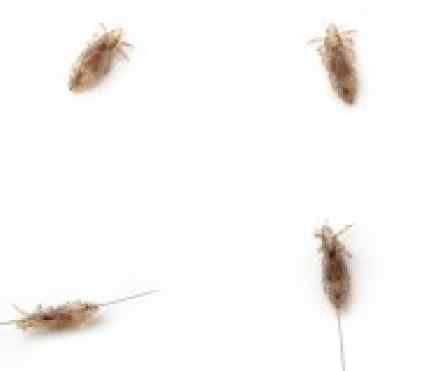-
Upper thighs
-
Abdomen
-
Chest
-
Armpits
-
Beard or mustache
-
Eyelashes or eyebrows, in children
Causes
Pubic lice are most commonly transmitted during sexual activity. Although it's unusual, you may also acquire pubic lice from contaminated sheets, blankets, towels or clothes.
Risk factors
People who have other sexually transmitted diseases are more likely to also have pubic lice.
Complications
Pubic lice infestations can usually be treated with a louse-killing lotion or gel. However, a pubic lice infestation sometimes leads to complications such as:
-
Discoloured skin. Pale blue spots may develop where pubic lice have been feeding continually.
-
Secondary infections. If itchy lice bites cause you to scratch yourself raw, these wounds can become infected.
-
Eye irritations. Children who have pubic lice on their eyelashes may develop a type of pink eye (conjunctivitis).
Diagnosis
You or your doctor can usually confirm a pubic lice infestation through a visual examination of your pubic area. The presence of moving lice confirms infestation.
Lice eggs (nits) also may indicate an infestation. However, nits can cling to hairs and be present, although no longer alive, even after successful treatment.
References
http://www.nhs.uk/Conditions/pubic-lice/Pages/Introduction.aspx
http://www.cdc.gov/parasites/lice/pubic/gen_info/faqs.html
http://www.medicinenet.com/pubic_lice_crabs/article.htm
http://www.hse.ie/eng/health/az/C/Crabs/Causes-of-pubic-lice.html



